wikiHow is a “wiki,” similar to Wikipedia, which means that many of our articles are co-written by multiple authors. To create this article, 20 people, some anonymous, worked to edit and improve it over time.
There are 13 references cited in this article, which can be found at the bottom of the page.
This article has been viewed 99,782 times.
Learn more...
Drowning is the third leading cause of unintentional death in the world, which translates to about 236,000 cases of drowning deaths each year.[1] Yet, for everyone’s desire to prevent accidental drowning, it's often not obvious when a person is actually drowning because they may lack the strength or time to draw attention to themselves.[2] By recognizing the signs of drowning, aiding a person if necessary, and practicing safe swimming practices, you may be able to prevent accidental drowning.
Steps
Spotting a Drowning Person
-
1Discern between aquatic distress and drowning. Although both responses are serious, knowing how to tell the difference between a person who is in aquatic distress and someone who is drowning may help you to more easily ascertain a person who is in acute danger and requires immediate help. [3]
-
2Identify aquatic distress. Someone who is experiencing aquatic distress displays symptoms many people generally associate with drowning. Aquatic distress is no less serious than drowning, but it generally doesn’t last long and the person can assist in his own rescue by grabbing lifelines or throw rings. Signs of aquatic distress include:[4]
- the victim’s head is low in the water, with his mouth at water level.
- he may tilt her head back with his mouth open
- he may have glassy or empty eyes that are unable to focus
- his hair may obstruct his view and he makes no attempt to move it
- he fails to kick with or move his legs and is in vertical position in the water
- he may be hyperventilating or gasping for air
- he may try to swim without making any real headway
- he may try to roll over on to his back
- he may appear to be climbing an invisible ladder.
Advertisement -
3Observe the signs of drowning. In contrast to drowning scenes shown in the movies or on TV shows, the signs of drowning are often quite subtle and may not appear to be serious. This is because of the Instinctive Drowning Response, which Dr. Francesco Pia identified as the ways in which a person tries to avoid suffocating in the water. Observing the signs of the Instinctive Drowning Response can help you to identify someone who is drowning and get help to her immediately. A person who is drowning:[5]
- is likely silent. A drowning person is almost always unable to call for help. There are some cases, however, in which a drowning individual can shout.
- may hold her mouth below the surface of the water or alternate between the surface and under the water. This makes it difficult for her to inhale or exhale.
- cannot wave or signal because the natural instinct is to press down on the water surface to lift him up for a breath.
- is also unable to control his arm movements, which make it difficult for him to swim to a rescuer or grab on to a lifeline.
- he will be vertical in the water and not show any signs of kicking.
- A victim exhibiting these signs only has about 20-60 seconds before she is submerged underwater.
-
4Watch out for a drowning child. About 20% of drowning victims are children under the age of 14.[6] The signs of a child drowning are similar to those for adults, but there are some additional signals for which you can watch. These include:[7]
- Silence. Most children will splash and yell when playing in the water, if your child or the children you are with become quiet, check to make sure they are safe.
- Knocked down or failed barriers. If you have a pool at home that is fenced in, a failed gate or other barriers may indicate that your child accessed the pool area and is in need of immediate assistance.
- Remember that your child can also drown in the bath, so make sure that you watch them at all times, even around the shallowest bodies of water.[8]
- If you have an underwater pool alarm and it goes off, it may be a sign of your child in distress.
-
5Observe signs of “dry drowning”. Although relatively uncommon, dry drowning can happen when children ingest a small amount of water that sends their airways into distress.[9] Watching for the signs of dry drowning can save a child’s life or from serious medical issues. Be on the lookout for:
- Any child rescued from the water. Dry drowning can occur even if a child is rescued so contact emergency personnel or call your doctor immediately.
- Persistent coughing.
- Labored, rapid, and shallow breathing. You may see flared nostrils or space between their ribs or a gap above the child’s collarbone in this case.
- Sleepiness.
- Changes in behavior, including forgetfulness.
- Vomiting.
Aiding a Drowning Victim
-
1Take action as soon as possible. Whether or not a person is in aquatic distress or drowning or even if you suspect either of these contingencies, it’s important to take action to help the person as soon as possible. This can help minimize the risk of accidental drowning or brain damage from being underwater too long.[10]
- The best way to see if a person needs help is to ask “are you ok?”
- If the person can answer, chances are they are ok. If the person does not answer, however, get yourself or a lifeguard to the person immediately.
-
2Aid the person to the best of your ability. If you are at a location that does not have a trained or certified lifeguard, do you best to help the person. Not only are you legally required to assist someone in need if it doesn’t endanger you, but you are also protected if you do assist them under provisions of the Good Samaritan Law and Volunteer Protection Act.[11]
- Call emergency medical services immediately to get help with the situation.
- If you are unable to swim, try and get the attention of someone who can or find a lifeline that you can throw to the person. It is not worth risking the lives of two people.
- If the situation is dangerous, for example because of lightning or high waves, do not attempt to rescue a person.
- Remember that it is always better to err on the side of caution than ignoring a questionable situation. For example, if you are not sure that a person is drowning, try and help them if you can. On the other hand, if a situation puts you or your life in danger such as a live wire close to water, as difficult as it may be, don’t attempt a rescue.
-
3Employ a reach assist. If the victim is conscious and at the surface of the water, try using a reaching assist with a lifeline to help them. This puts you in less overall danger and may minimize the risk of drowning.[12]
- Find any type of device that a person can grab on to. This could be a shepherd’s crook, life ring, or even a long tree branch. Some pools have a long metal pole for the person the hold. You can also extend your hand or wrist to the person as an assist.
- Keep your body low to the ground so that the person doesn’t pull you into the water.
-
4Enter the water and pull the person to safety. If a person cannot reach an assistance device or is unconscious, approach them in the water.[13]
-
5Dealing with active drowning victims. It’s important to be aware that a person may panic in this situation and can injure you or make it difficult to help them. This is a real hazard and can lead to both rescuer and victim drowning.
- It’s best to approach the victim from behind. Panicky people will grab at whatever is floating - and this includes would-be rescuers. This can possibly leading to two drowning deaths. Make sure to communicate with the person and let them know you are there. Sometimes this will encourage a person to come your direction.[14]
- The easiest way to rescue the person is to place your hands under the armpits and pull them to safety.
- Avoid physical contact with a panicky swimmer, if at all possible. A panicked swimmer may grab at anything that floats, including you. This may not be a problem if the person is a 3 years old, but even a small woman can easily pull down an adult. Bring a flotation device if at all possible.
-
6Remove the victim from the water. Once you’ve pulled the person to safety, remove him from the water. This can help you prepare to take other emergency measures such as CPR or wrapping him in a towel to prevent shock.
- Make sure that you or someone else has called emergency medical services to aid your in your efforts to help the person.
Practicing Water Safety
-
1Take swimming lessons. Make sure that you and every member of your family takes swim lessons and become proficient swimmers. This can minimize the risk of accidental drowning, especially in children.
- Contact a local pool or school to inquire about swim lessons.
- Learning to swim will also teach you to not fear the water, which can also minimize your risk for drowning.
-
2Swim only in designated and protected areas. Whether you are at the beach, pond, or a pool, only swim in those areas designated safe either by a lifeguard or local authorities. If you are unsure of a swimming area, it’s always best to err on the side of caution and go to a known swimming spot, which may help prevent accidental drownings.
- Bodies of water can have currents, riptides, and other features that can be dangerous for even the best and strongest of swimmers.
- Staying within designated areas can also mean that help can more effectively and quickly get to your aid in the event you or another person are in distress.
-
3Stick with a buddy. Having someone to swim with is not only a great time, but it also adds a measure of security. Always swim with a buddy to help ensure your safety.
- If you cannot find a buddy with whom to swim, consider either going to an area where there is a lifeguard on duty or try another activity until you have a swimming companion.
- Remember that you can drown or go into distress even at a guarded beach or pool.
-
4Wear approved life jackets. If you are boating or undertaking other types of water activities, wear life jacket approved by the U.S. Coast Guard. Although this is not a fail-proof way to prevent drowning, it can minimize the risk of accidental drowning or extend the person’s ability to stay afloat—and breathing—in the water.
- Only purchase certified or approved life jacket. These have been tested for maximum safety and may prove better at preventing accidental drowning.
- You can buy life jackets at many sports stores, boat stores, or even from some medical supply stores.
-
5Remain cautious around water. No matter how strong of a swimmer you are, or if you are not planning on swimming, be cautious around water. Natural bodies of water often have tides, cold temperatures, currents, and other underwater hazards such as dead trees that could increase your risk for drowning.
- If there is a lifeguard present, consider asking if he is aware of any natural features of which you should be aware.
- In many cases, bodies of water that have lifeguards will mark off areas that have potentially dangerous natural features.
-
6Remember alcohol and water don’t mix. Although many people think they can safely drink and be on a boat or go for a swim, it’s important to avoid mixing alcohol use and the water activities. This can minimize the risk that you or someone in your party drowns or injures himself.
- Alcohol not only impairs your judgment, but also inhibits your balance and coordination. This can weaken your swimming skills.
- Alcohol further reduces your body’s ability to stay warm, making you more prone to hypothermia, which can also increase your risk of drowning.
Warnings
- Fence your pool. If you have a backyard pool, keep it fenced so that children cannot wander in unattended. There is nothing to alert you to a toddler who wanders out the back door of the house while you're inside and goes into the pool; the fence is your only safety measure.⧼thumbs_response⧽
- Always investigate why a child has gone quiet when near or in water. Most children make a lot of noise when playing in water, and silence can be a sign of danger.⧼thumbs_response⧽
References
- ↑ https://www.who.int/en/news-room/fact-sheets/detail/drowning
- ↑ https://www.usswimschools.org/2021/05/drowning-doesnt-look-like-drowning/
- ↑ https://www.redcross.org/content/dam/redcross/atg/PDF_s/Preparedness___Disaster_Recovery/Disaster_Preparedness/Water_Safety/WouldYouKnowWhattodo.pdf
- ↑ https://www.globalrescue.com/common/blog/detail/Water-safety-How-to-identify-swimmers-in-trouble/
- ↑ https://www.army.mil/article/109852/drowning_doesnt_look_like_drowning
- ↑ http://www.cdc.gov/HomeandRecreationalSafety/Water-Safety/waterinjuries-factsheet.html
- ↑ https://www.redcross.ca/about-us/red-cross-stories/2013/drowning-a-silent-killer
- ↑ https://raisingchildren.net.au/babies/safety/bath-water-safety/bath-safety
- ↑ https://health.clevelandclinic.org/dry-drowning-separating-fact-from-fiction/
- ↑ https://www.poolsafely.gov/blog/simple-safety-steps-series-know-how-to-perform-cpr-on-children-and-adults/
- ↑ https://www.redcross.org/content/dam/redcross/atg/PDFs/Take_a_Class/Reach_or_throw_dont_go.pdf
- ↑ https://www.redcross.org/content/dam/redcross/atg/PDFs/Take_a_Class/Reach_or_throw_dont_go.pdf
- ↑ https://www.boat-ed.com/indiana/studyGuide/Reach-Throw-Row-or-Go/10101602_35414/
- ↑ https://www.metrokids.com/how-to-react-to-a-drowning-incident/
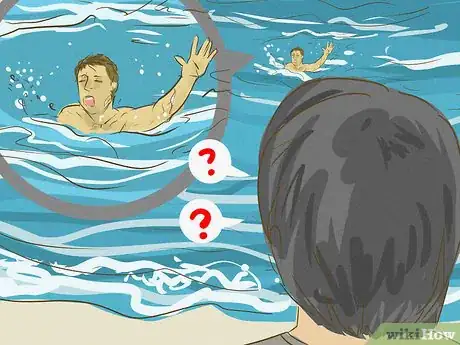


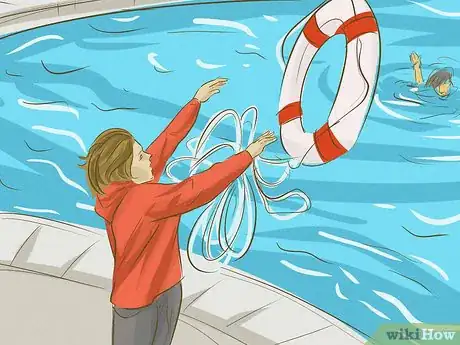

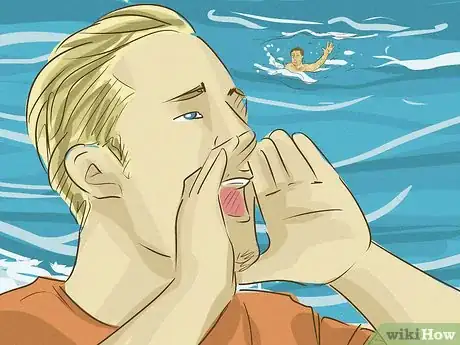

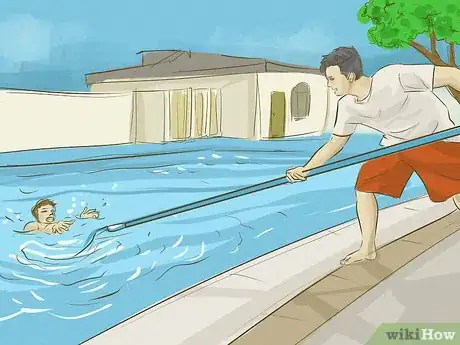



-Step-14.webp)
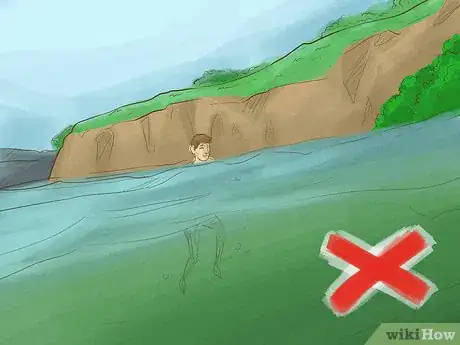

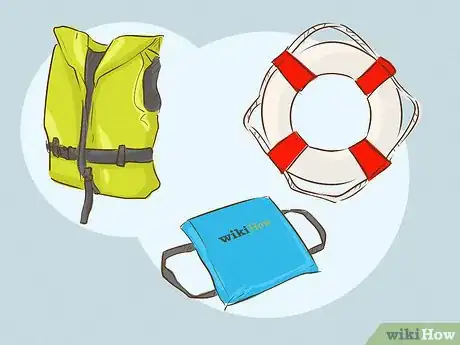
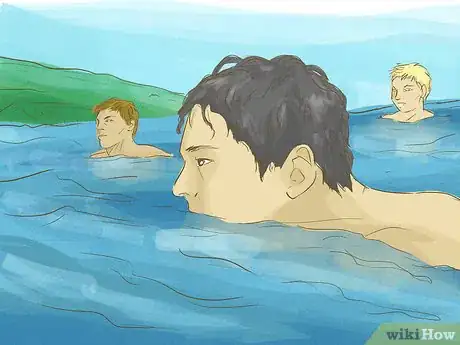
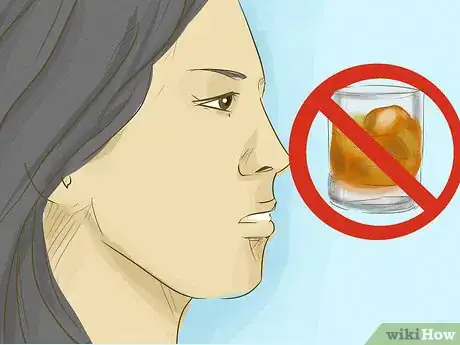





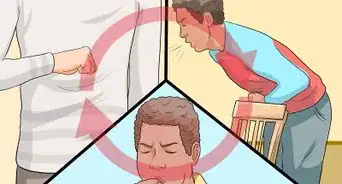




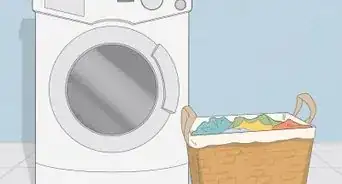















































Medical Disclaimer
The content of this article is not intended to be a substitute for professional medical advice, examination, diagnosis, or treatment. You should always contact your doctor or other qualified healthcare professional before starting, changing, or stopping any kind of health treatment.
Read More...